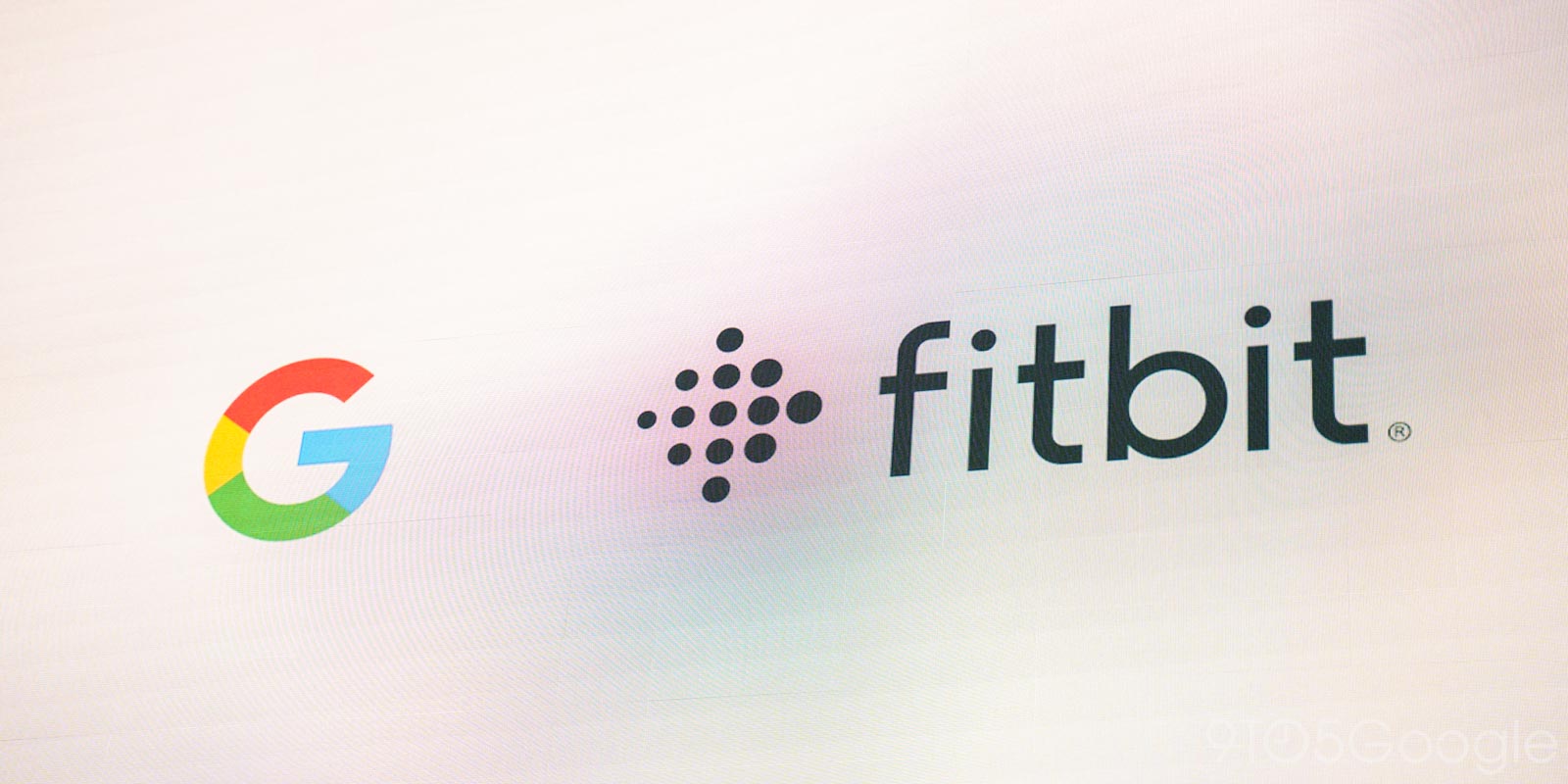
As part of the Wear OS 3 announcement at Google I/O 2021, Fitbit co-founder James Park said something that was widely interpreted to mean that a Fitbit-branded Wear OS watch is coming. That’s not the case, and that tease was only ever referring to the Pixel Watch.
In the future, we’ll be building premium smartwatches based on Wear that combine the best of Fitbit’s health expertise with Google’s ambient computing capabilities. All this is just the beginning of how, together with Google, we can do even more to inspire and motivate people on their journey to better health.
May 2021
That was how the Fitbit vice president and general manager closed his keynote appearance. At the time, many believed “the future” would see a Fitbit-branded smartwatch, like the Sense or Versa series, that runs Wear OS 3 instead of Fitbit OS.
The line was misinterpreted, with Fitbit telling 9to5Google today that Park in 2021 was only ever teasing the Pixel Watch, which would not be officially confirmed until the next I/O and launch in October of 2022.
James was referring to Google Pixel Watch as our most premium smartwatch offering in the family of wearables from Google & Fitbit.
—Fitbit
In terms of the 2021 event’s logistics, a partnership with Samsung was just announced moments earlier. Google, even through Fitbit, could not come out and say that its own competing watch was coming. Instead, it had to settle on that vague teaser, which was repeated in August of that year when the Charge 5 was announced a few days before the Galaxy Watch 4:
And we will be building premium smartwatches based on Wear that combine the best of Fitbit’s health and wellness expertise with Google’s ambient computing capabilities. We’ll have more to share on that soon…
August 2021
The Pixel Watch is that “premium” smartwatch at the top of the lineup running Wear OS 3 with “Fitbit health expertise.” By “we,” Park was jointly referring to Google and Fitbit, not just the latter group.
During the October launch, one example of joint development was the per-second heart rate motoring that required work on sensors, on-device machine learning, and processor optimizations. That kind of cooperation is one reason why Fitbit views the Pixel Watch as its own product rather than something it just lent its tech to.
It’s also sold directly on fitbit.com and currently included in the same display case as other Fitbit devices at retailers, like Best Buy. Meanwhile, the Pixel Watch is its most premium smartwatch in terms of pricing and functionality.
At $349, the Pixel Watch is $50 more expensive than the Sense 2, which was announced with the $229 Versa 4 last August. The Wear OS device offers a much richer experience for notifications, messaging, calls, and first-party Google apps. Meanwhile, the Play Store allows for wide third-party music streaming support and the ability to use other fitness apps.
In terms of health, the Sense 2 does offer SpO2, ability to track skin temperature, electrodermal activity for stress tracking, and heart notifications over the Pixel Watch, with Google deciding to focus on the continuous heart rate monitoring.
Today’s clarification does not necessarily rule out a Fitbit-branded, Wear OS-powered device in the future, but Fitbit is currently focused on the Pixel Watch and has definitely not teased anything beyond it.
More on Fitbit:
- Fitbit step and heart rate data is appearing in Google Fit
- Fitbit ending Pandora and Deezer support on Sense, Versa 2/3 in March
- Fitbit supporting multiple devices would be a win-win for Google and users alike
FTC: We use income earning auto affiliate links. More.



Comments